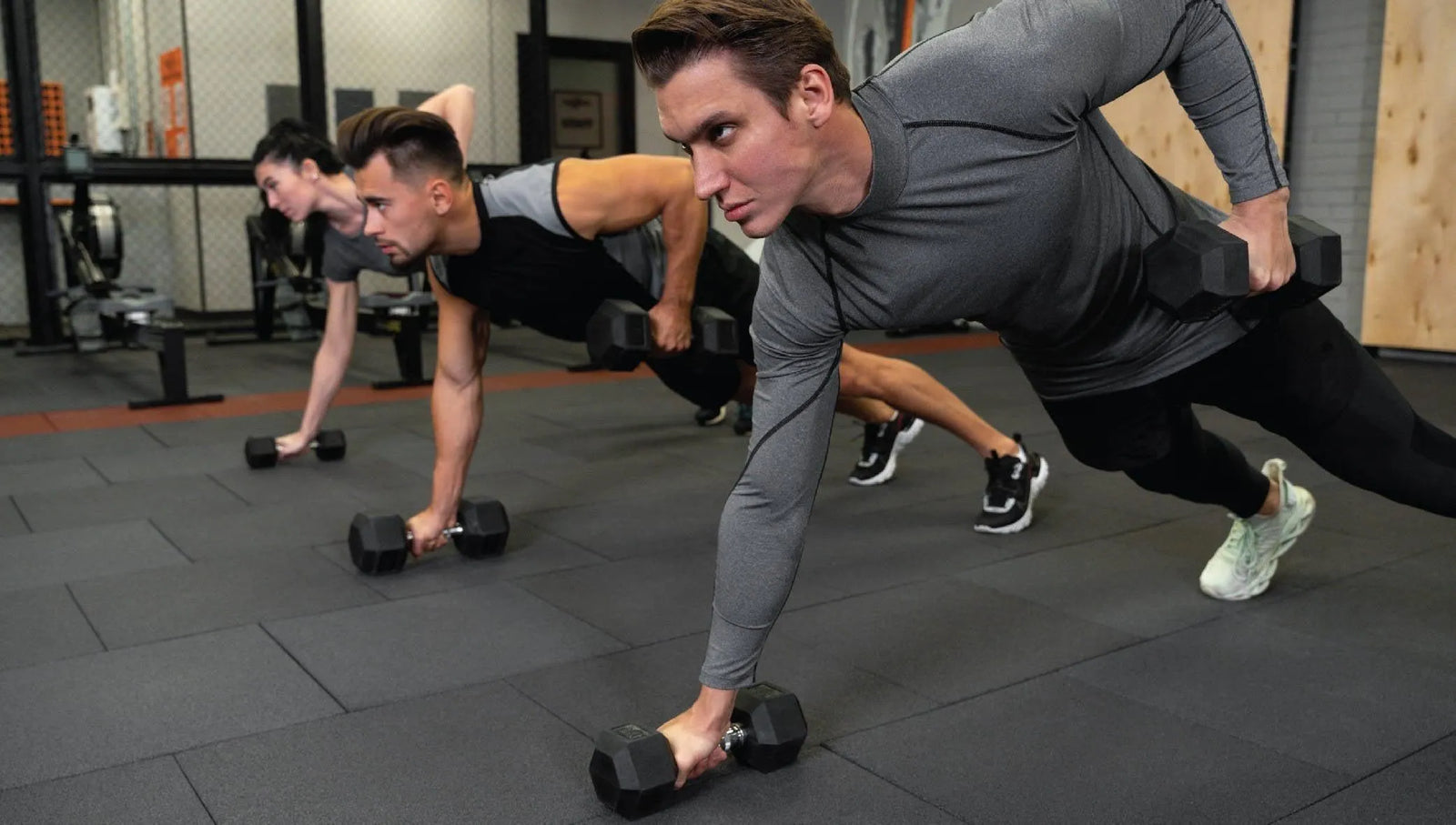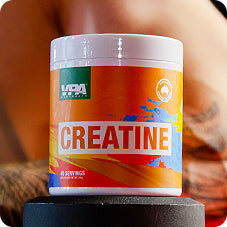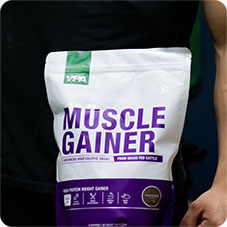Your Cart is Empty
Relative Energy Deficiency In Sport
October 27, 2020 4 min read

What is RED-S?
Relative Energy Deficiency in Sport, “RED-S” or simply “RED-S” is a clinically defined syndrome referring to the impairment of physiological function caused by a deficit in a person’s energy intake relative to the energy required to maintain optimal health, homeostasis, growth, the activities of daily living, and sport.
Being in this state of relative deficit is often also referred to as being in a state of low energy availability (LEA). In this state, there is a lower than required amount of energy for the body’s normal physiological functions.
This can have a variety of health consequences including:
- Altered metabolic function
- Menstrual disturbances and amenorrhea (loss of period)
- Amenorrheic athletes have 2 to 4 times greater risk for a stress fracture
- Impaired bone health (increased osteoporosis risk)
- Reductions in immune system function
- Reduced protein synthesis (ie for muscles and tendons)
- Impacts on cardiovascular health
The International Olympic Committee (IOC) has developed two RED-S models. This first one shows 10 health consequences linked to RED-S:
Traditionally these negative health effects were mainly considered to be a problem in women. The concept of RED-S has been adapted and expanded from a previously identified syndrome, known as the Female Athlete Triad.
The female athlete triad is a medical condition defined as ‘the combination of disordered eating (DE) and irregular menstrual cycles eventually leading to a decrease in endogenous oestrogen and other hormones, resulting in low bone mineral density‘.
However, more recently the systemic nature and pathological consequences relating to low energy availability beyond menstrual dysfunction and poor bone health, as well as the fact that that these problems may also be present in males – has led to the more encompassing term of ‘RED-S’ being used to refer to this syndrome.
Who is at risk of RED-S?
Active men or women with disordered eating or with an eating disorder are at risk.
Disordered eating (DE) is a term that refers to a range of irregular eating behaviours but does not fit the full criteria to be diagnosed as a specific eating disorder. The DE continuum can lead to clinical eating disorders (EDs), abnormal eating behaviours, distorted body image, weight fluctuations, medical complications and variable athletic performance.
DE can include (but isn’t limited to) things like:
- Chronic restrictive eating
- Excessive fasting
- Food-related anxiety
- Skipping meals
- Restricting entire food groups
- Negative preoccupation with food
- Negative preoccupation with weight and body image
- Misuse of laxatives or diuretics
Eating disorders (ie anorexia nervosa, bulimia nervosa, binge eating disorder, and others) are diagnosed according to specific and narrow criteria. The criteria can be found in the American Psychiatric Association’s Diagnostic and Statistical Manual of Mental Disorders (DSM).
RED-S in Elite Athletes
Up to 70% of elite athletes competing in weight class or aesthetic sports (both male and female) are dieting with the intention of reducing weight before competition.
From an energy balance standpoint, weight loss is only possible when you are in a calorie deficit, i.e. consuming fewer calories than you are using. On top of this, some type of disordered eating pattern often accompanies this weight loss attempt. Other times, mismanaged programming for rapid reductions in body mass/fat, or inability to track and match calorie intake with an extreme exercise commitments contributes to an energy imbalance.
RED-S in younger athletes
Younger athletes and teenagers are also a high-risk category. In addition to the energy demands of their sport, they also have higher energy requirements to support growth and physical development throughout maturation.
Consequences of RED-S for health and sports performance
Similarly to The International Olympic Committee’s 10 health consequences linked to RED-S, they have also developed the 10 main performances consequences linked to RED-S.
The body is a complex working system. When one area is affected by low energy availability it can have downstream consequences in many areas.
Metabolic rate is downregulated as the body attempts to conserve energy.
The endocrine system is disrupted with energy being diverted away from the reproductive axis.
Hormones such as estrogen and testosterone can become deficient leading to concerns for fertility, bone mineral density, and hypogonadism.
Low bone mineral density comes with increased fracture risk, and increased osteoporosis risk later in life.
Dislipidemia and increased LDL cholesterol levels have negative effects on the cardiovascular system.
What are the signs and symptoms of RED-S ?
Indications that you might be suffering from RED-S are highly individual but can include:
Low body mass/low body fat, weight loss, lack of normal growth and development, menstrual dysfunction, recurrent injuries and illnesses, decreased performance, mood changes.
There are various screening tools available for health professionals to assist in evaluating individuals at risk of, or with suspected RED-S such as the RED-S CAT.
Early detection is important in the diagnosis of RED-S, and a high level of caution is warranted physique, weight class, lean body, and endurance sports.
Now we understand what RED-S is, and it’s potential consequences are, a follow up blog will focus on how to avoid it.
Also in Training

Boosting Your Health: Understanding Aerobic and Anaerobic Metabolism
July 22, 2024 4 min read
Learn about the key differences between aerobic and anaerobic metabolism, and how to optimize your workouts for better health and fitness. Discover the benefits and performance-boosting potential of combining these two metabolic powerhouses.
Read More
Smash Through the Wall: How to Increase Your Lactate Threshold for Running Glory
July 08, 2024 4 min read
Learn science-backed strategies to boost your lactate threshold, enhance running performance, and achieve your fitness goals. Discover expert tips and techniques here.
Read More
The Ultimate Guide to Cross-Training
July 01, 2024 5 min read
Learn about cross-training, crafting a plan, tailoring for different fitness goals, and activities beyond the gym. Discover the ultimate fitness guide at VPA.
Read More Recent Articles
- Boosting Your Health: Understanding Aerobic and Anaerobic Metabolism
- Smash Through the Wall: How to Increase Your Lactate Threshold for Running Glory
- The Ultimate Guide to Cross-Training
- Embrace the Cold: How to Stay Active and Healthy Throughout Winter Down Under
- What is Hyrox?
- Mastering the Pull-Up
- Building a Champion: Why Cardio and Strength Training are Your Fitness Dream Team
- Beyond the Six-Pack: Building a Strong Core for Everyday Life
- Routine and Discipline – The Backbone of Fitness
- Calisthenics for Beginners
${{amount}}













